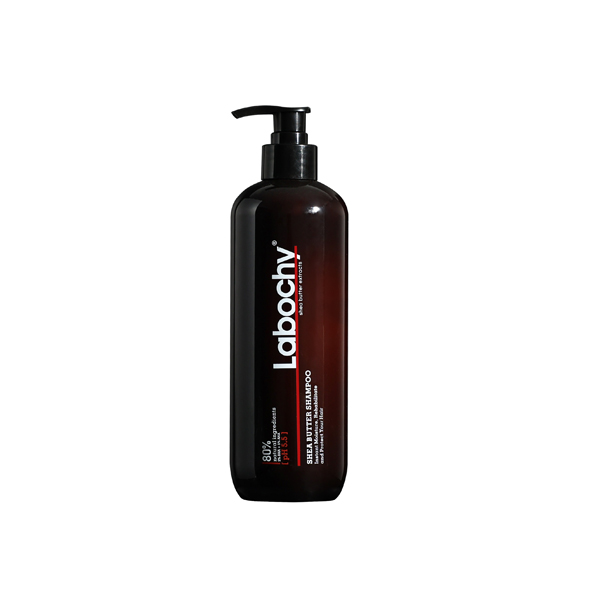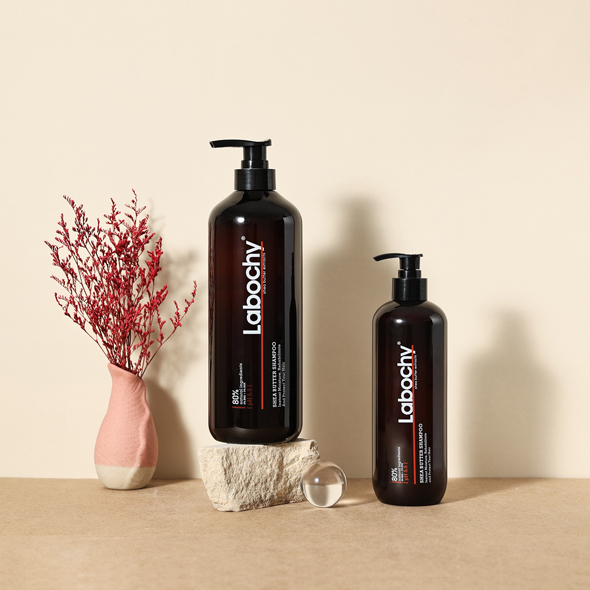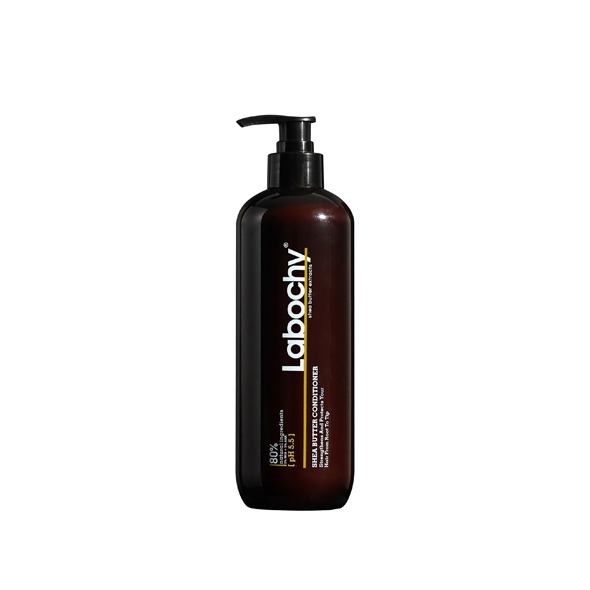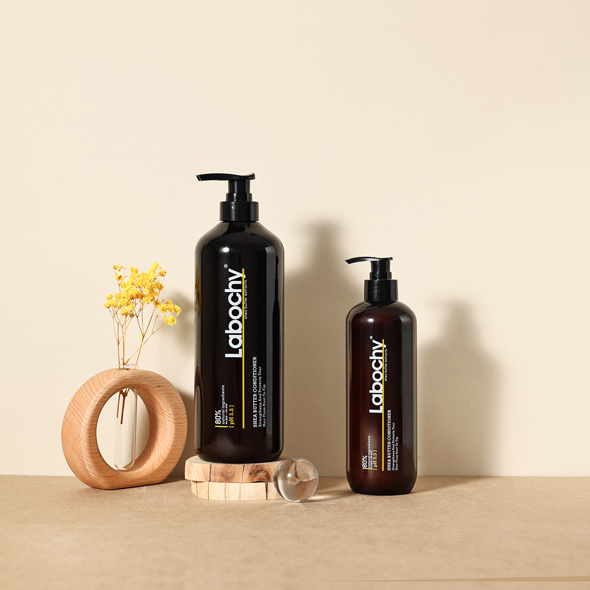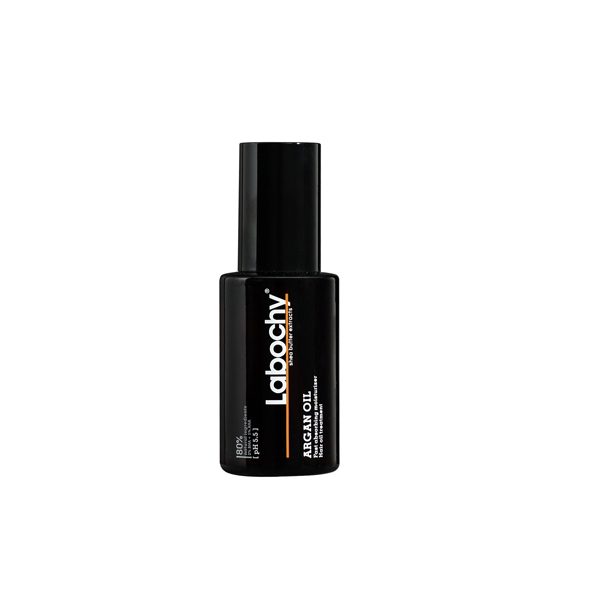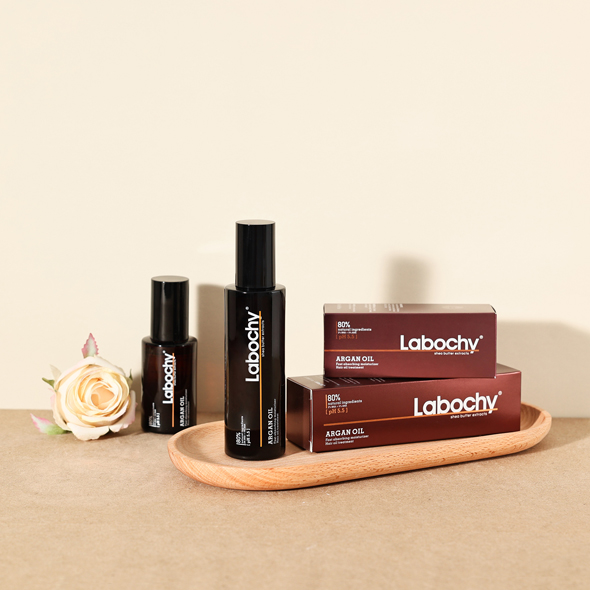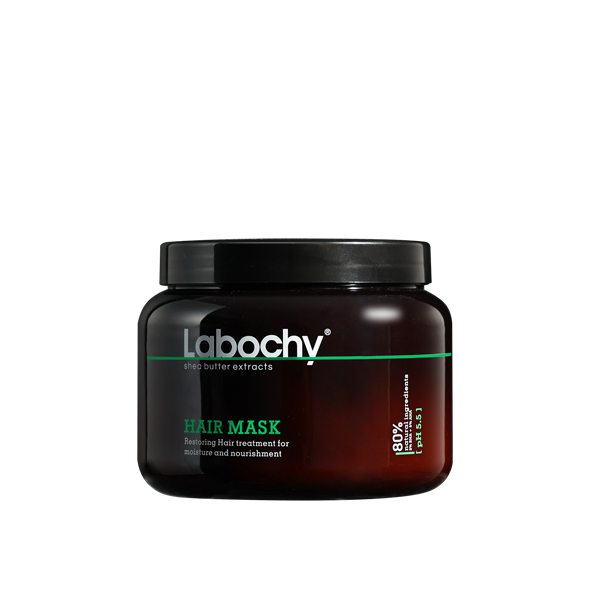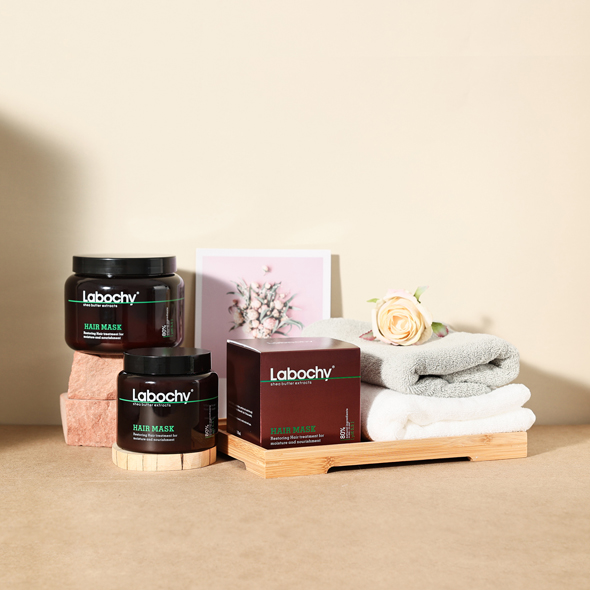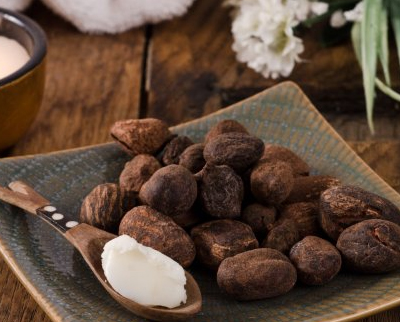In today’s world, hair damage caused by pollution, heat styling, and chemical treatments is a common concern. Hair masks, known for their deep conditioning benefits, have become a go-to solution for many. However, there are still questions about their proper use. This article will address the correct steps for applying a hair mask, whether heating is necessary, recommended usage frequency, and common mistakes to avoid. Let’s dive into the details and help you achieve smooth, healthy hair effortlessly.
1. Proper Steps for Using a Hair Mask
While using a hair mask seems straightforward, following the right steps can significantly enhance its benefits. Here’s the standard process:
- ● Apply After Shampooing
A hair mask should always be applied after shampooing. Shampoo cleanses the scalp and hair of oils and impurities, preparing them to absorb the mask’s nutrients. Use warm water to wash your hair to open the hair cuticles for better absorption.
- ●Keep Hair Damp, Not Wet
After shampooing, gently towel-dry your hair to remove excess water. Avoid applying the mask to dripping-wet hair, as the extra water can dilute the product and reduce its effectiveness. However, your hair should still be damp for even application and better absorption.
- ●Apply the Mask
Take an appropriate amount of the hair mask and spread it evenly across your hair, focusing on the mid-lengths and ends, where damage is usually more severe. Avoid applying it to the scalp. Use your fingertips to gently massage the hair, ensuring the mask penetrates deeply.
- ●Leave It On
Most hair masks require 5–15 minutes to work. Check the product instructions for the recommended time. Leaving it on for too short a time will reduce its effectiveness, while overextending can burden the hair.
- ●Rinse Thoroughly
After the recommended time, rinse the hair thoroughly with lukewarm water to remove all product residue. Incomplete rinsing can leave your hair feeling greasy and may affect scalp health.

2. Is Heat Necessary for Better Absorption?
Whether to use heat when applying a hair mask depends on the type of mask and your hair’s needs:
- ●Regular Hair Masks
For everyday hair masks, heating is generally unnecessary. Following the standard steps will provide sufficient care for maintaining healthy hair.
- ●Deep Repair Masks
If you’re using a mask designed for repairing severely damaged hair, adding heat can enhance its effects. You can wear a shower cap and wrap your head with a warm towel or use a heated cap. The heat helps open the cuticles, allowing the nutrients to penetrate deeper into the hair shaft.
- ●Important Tips
When applying heat, ensure the temperature is not too high to avoid damaging your hair. Additionally, not all hair masks are suitable for heat treatment, so always check the product instructions.

3. Recommended Usage Frequency
Although hair masks provide excellent nourishment, overuse can have adverse effects. Here’s a guide to how often you should use them based on your hair type:
- ●Normal Hair
Using a hair mask once a week is enough to maintain healthy and shiny hair.
- ●Dry or Damaged Hair
For hair that is extremely dry or has undergone frequent chemical treatments, increase the frequency to 2–3 times a week. However, avoid daily use to prevent over-nourishment.
- ●Oily Hair
Those with oily hair should use a mask once a week. Focus on applying it to the mid-lengths and ends, avoiding the scalp to prevent an overly greasy appearance.
4. Common mistakes when using hair mask
Despite being a popular hair care product, hair masks are often misused. These common mistakes can waste product and even harm your hair. Here’s what to watch out for:
- ●Using hair masks as conditioners.
While hair masks and conditioners both nourish hair, they serve different purposes. Conditioners are for everyday use and seal the cuticles, while hair masks provide deep repair and nourishment. Using hair masks as conditioners too frequently can lead to over-nourished, limp hair.
- ●Overusing hair masks.
Some people think applying more product will yield better results, but this is not true. Excessive application can make your hair greasy and difficult to rinse out, potentially clogging hair follicles.
- ●Not rinsing thoroughly.
Leaving product residue in your hair after using a mask can lead to buildup, causing an oily scalp, itchiness, or even hair loss. Always rinse your hair thoroughly.
- ●Relying solely on hair masks.
While hair masks can repair damage, they are not a cure-all. Over-reliance on masks without maintaining good hair care habits—such as avoiding excessive heat styling or using suitable daily hair products—won’t resolve underlying issues.
Conclusion
Hair masks are a powerful tool for deep conditioning, but their effectiveness depends on proper use. By following the correct application steps, considering whether to use heat, using the appropriate frequency, and avoiding common mistakes, you can maximize the benefits of your hair mask and keep your locks looking healthy and vibrant.
Start your journey to silky, nourished hair today with the right hair mask routine!

100% Official & Genuine
SMOOTH HAIR SPEAKS LOUDER THAN WORDS-

Australia's Raw Materials
Safe And Effective
-

Shea Butter
Natural Formula
-

Contact Us


